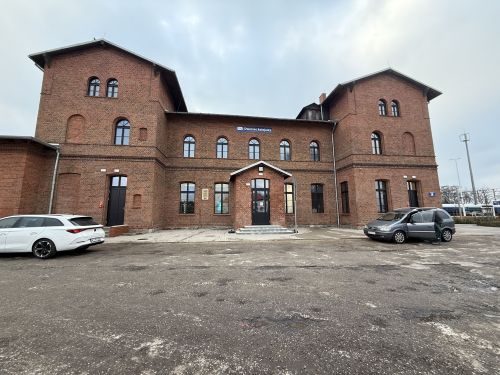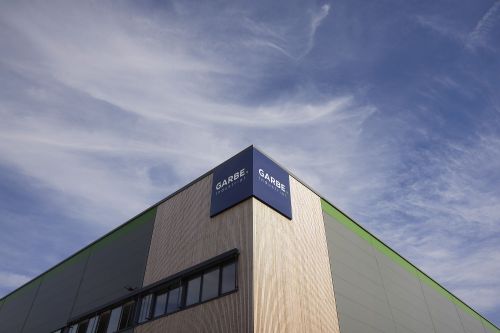Restaura, Reinhold, UBM, Von der Heyden, Ghelamco, Yareal... the group of companies dedicated to renovating old tenement buildings is steadily increasing despite the complex construction procedures involved and the often problematic cooperation with historic buildings conservatorsSuch activities were simply sneered at a few years ago. Isolated schemes were carried out by Von der Heyden, (e.g. Lublinianka Hotel in Lublin) and Yareal Polska (a tenement building in Warsaw at ul. Mokotowska 19). But today, when prices for site development have rocketed, more companies interested in purchasing and renovating old buildings, including several specializing in this field, have emerged. History with a business aspectRestaura of Spain, which has been revitalizing buildings for 30 years, is one example, and is currently active in Spain, Portugal and France, with not only single tenements on its list, but also whole sections of streets. The company claims it has renovated 600 buildings. It began i






























































